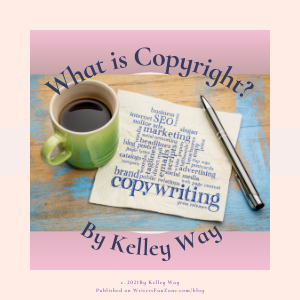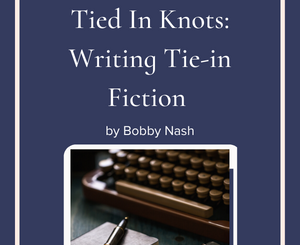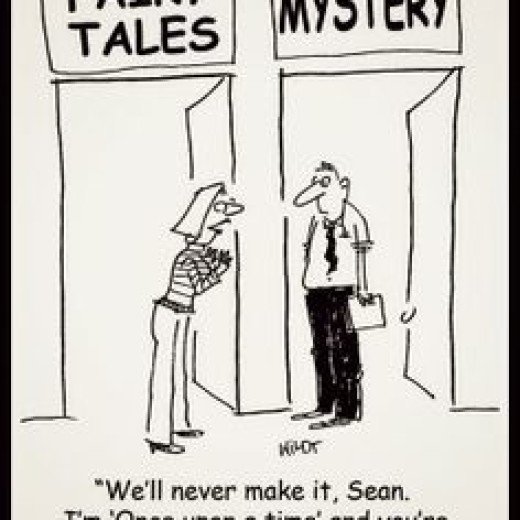What is Copyright? by Kelley Way
 Let’s welcome back monthly columnist Kelley Way as she shares with us “What is Copyright?” Enjoy!
Let’s welcome back monthly columnist Kelley Way as she shares with us “What is Copyright?” Enjoy!
To watch the video version of this article, please click here: kawaylaw.com/videos
Unlike some estate planning terms, like per stirpes, most everyone has heard of copyright. However, there’s still some confusion regarding, what is copyright, and what does it protect?
Let’s start with what copyright protects.
Copyright is meant to protect creative expression: books, artwork, movies, music, etc.
The important thing to remember is that copyright only protects the expression (a.k.a. the creative aspect), not the facts or ideas contained in the work.
So a biography would be covered under copyright, but the author couldn’t claim exclusivity to the facts and historical events that made up the person’s life.
So what kind of protection does copyright offer?
A copyright gives an author (i.e., the person who created the work) six specific rights:
- First, the author is the only person allowed to make copies of his or her work. That’s where the name, copy-right, comes from.
- Second, the author is the only person allowed to make derivative works, i.e., new works based on the original.
For example, a movie based on a book would be a derivative work of the book, and the film company would need the book author’s permission to make the movie. - Third, the author is the only person allowed to distribute his or her work, i.e., sell the work on the open market.
However, Congress didn’t want to cut in on the secondhand market, so once a copy is sold, the new owner is free to sell it again without repercussions. - Fourth, the author is the only person who can perform the work in public.
This right applies mostly to dances, plays, movies, and music, but other activities like reading a book aloud to an audience would also fall under this right. - Fifth, the author is the only person who can display the work in public.
This right applies mostly to artwork, but again it can be used more broadly. - Finally (sixth), the author is the only person allowed to transmit sound recordings to the public.
At the time, Congress was thinking of playing songs over the radio, but online streaming services have made it possible to publicly transmit music, audiobooks, and other types of sound recordings through several avenues.
These six rights are like a bundle of sticks
These six rights are like a bundle of sticks – you can give all the rights away or license one or two rights and keep the rest.
You are always free to decide how much to keep and how much to give away.
For this same explanation with visuals, please feel free to view my video here kawaylaw.com/videos.
If you have any questions, you’re welcome to email me at kaway@kawaylaw.com.
***
MORE RESOURCES ON COPYRIGHT
More resources on Writer’s Fun Zone: https://writersfunzone.com/blog/?s=literary+law
BOOKS ON LITERARY LAW
A partial list of books on literary law: https://writersfunzone.com/blog/resources/resources-books-on-literary-law/
***
Want to read more articles like this one Writer’s Fun Zone? Subscribe here.
***
ABOUT THE AUTHOR
Kelley Way was born and raised in Walnut Creek, California. She graduated from UC Davis with a B.A. in English, followed by a Juris Doctorate. Kelley is a member of the California Bar, and an aspiring writer of young adult fantasy novels. More information at kawaylaw.com.







